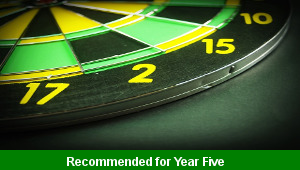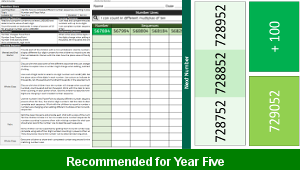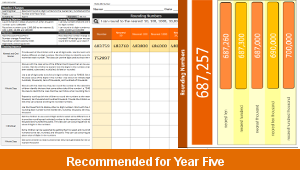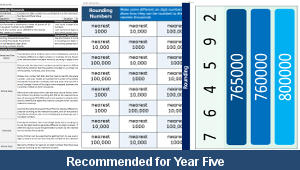Lesson One – Shopping Receipts

This maths teaching pack for Key Stage Two gets the children to explain and record how to use a written method to add pairs of three and four digit money amounts with exchange between place value.
The class can describe and model how to layout a written addition sum correctly to make it easier to complete each step in the number calculations using mental methods.
Download this teaching pack including a lesson plan, classroom activities and an interactive presentation to teach the children to explain and record how to use a written method to add pairs of three and four digit money amounts with exchange between place value
Activities in this teaching pack include sets of cards to select and add different pairs of four digit numbers with exchange between place value to solve problems related to money amounts. The class can use formal written methods of columnar addition to complete each selected calculation.
The interactive presentation gets the children to identify and describe the calculation steps that can be used when solving a number problem using a formal method of addition with exchange between place value.
This lesson is part of a maths scheme of work to get the children to identify and model how to solve contextual problems using formal written calculations for addition and subtraction including exchange between place value. There are teaching activities for shared learning, differentiated worksheets to support independent learning and interactive presentations to introduce concepts and key skills.
-

Number Rounding
Practise comparing and rounding numbers to six digits to their nearest ten, hundred and thousand by utilising the place value of their digits
-

Number Lines Rules
Identify and record how to complete a selection of number sequences for five and six digit numbers when counting in steps of different powers of ten
-

Rounding Number Changes
Explain and model how to round a range of different six digit numbers to the nearest ten, hundred and thousand by the place values of their numerical digits
-

Rounding Thousands
Investigate how to compare a selection of different six digit numbers by rounding them to the nearest thousand using the values of their listed numerical digits
